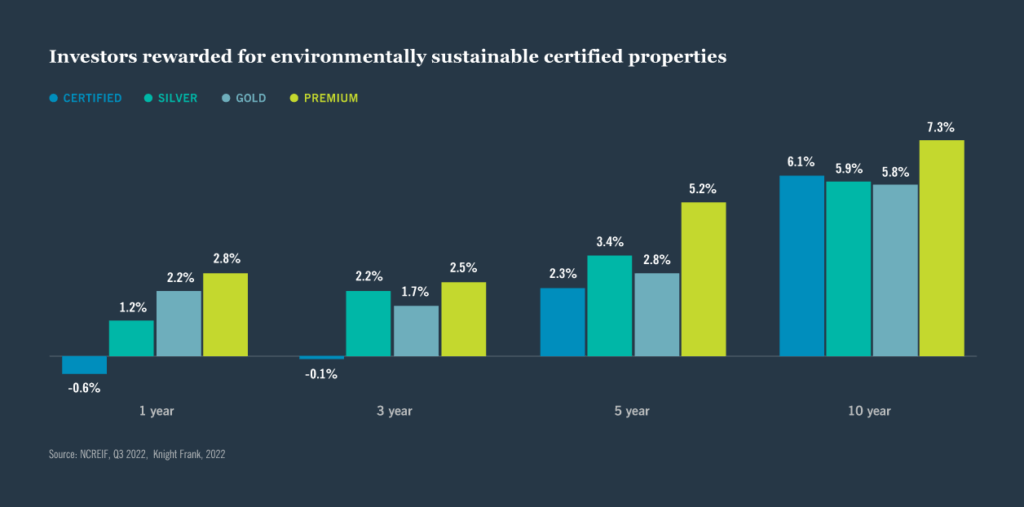The themes for 2023 in real estate are driven predominantly by the continued fallout of surging inflation and interest rate hikes from central banks. While the general consensus is that monetary policies will start to ease in the new year, the impact it will have on real estate is yet to be fully felt.
Highlights
Same global problems, different market reactions
The cost of capital will be markedly higher in 2023 than the average of recent years for all regions. The extent of change from previous levels is what will matter most for real estate markets.
Is now a good time to invest in Asia-Pacific and Europe?
For U.S. investors, certain global markets, particularly Europe, Japan and the U.K., are effectively on sale. Dollar returns are likely to be 20–40% higher than local currency returns for a medium-term hold and could well be higher still because currency markets tend to overshoot when they correct.
A bigger role for alternative financing
Rising credit spreads and rates are impacting coverage ratios for fixed and floating-rate loans, putting upward pressure on cap rates, and forcing lenders to use lower leverage.
ESG is here to stay
Precedence would suggest that as economic climates toughen, sustainability is ripe for cuts. However, several factors will mean ESG is likely to remain a significant focus for real estate.
Sector winners, losers and surprises for 2023
As the real estate market faces slowdown in 2023, thoughtful selection of the most resilient sectors is critical. Structural tailwinds are important to picking the long-term winners and losers, but fundamentals are also key to deriving strong risk-adjusted outcomes.


